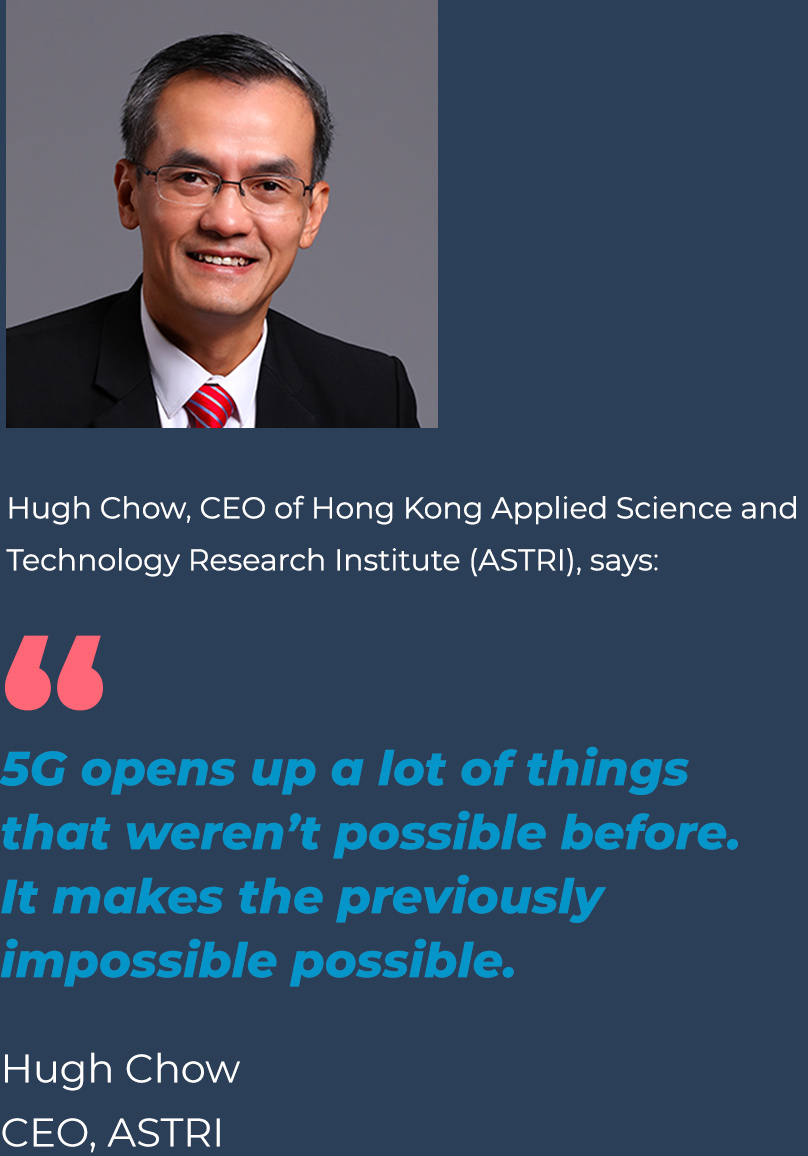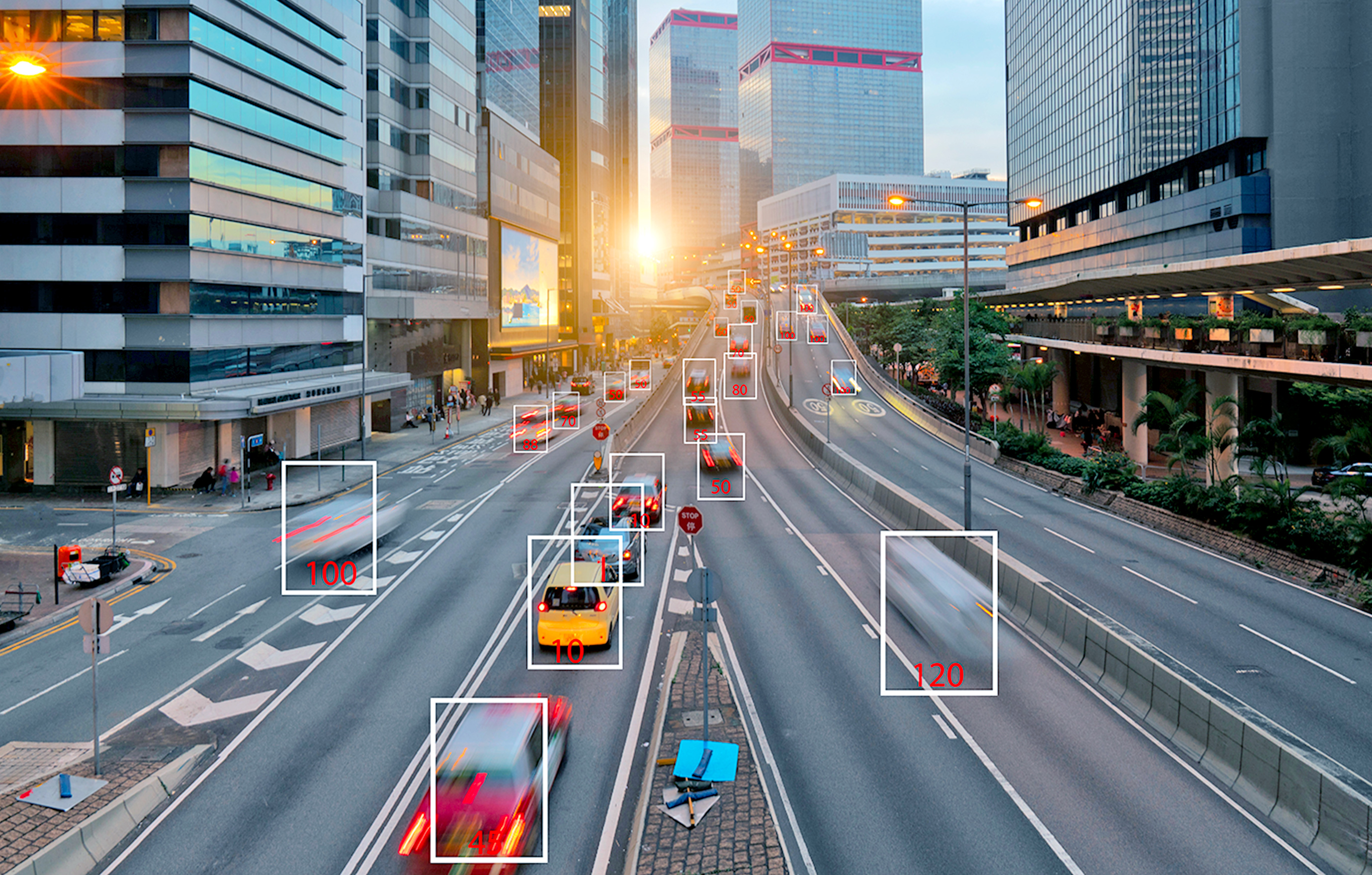By Nicky Burridge
With its high speeds and low latency, 5G is set to usher in a new era of innovation in Hong Kong. This game-changing wireless technology will enable the next generation of smart city solutions ranging from autonomous vehicles to remote surgery and smart traffic management.

As Hong Kong’s largest research and development institute, ASTRI is in a prime position to help businesses harness the power of 5G. Set up in 2000 with the mission of making Hong Kong more competitive through innovation and technology, ASTRI has registered more than 860 patents since its launch, 23 of which have been sold. In addition, it has transferred almost 750 technologies to industry. ASTRI has won multiple awards and partnered with major international corporations, including Huawei and Intel, as well as various government departments and academic institutions.

To help businesses in Hong Kong capitalise on the benefits of 5G, ASTRI has developed a full set of solutions for the technology, including high-performance 5G core networks and pioneering O-RAN 5G base stations. O-RAN – Open Radio Access Network – is an open architecture platform that uses a standard configuration hardware to make it easy for businesses to customise a communications network to their needs.
Lucas Hui, Chief Technology Officer of ASTRI, explains that unlike 4G technology, where the network is owned by telecom providers, 5G enables individual organisations and businesses, such as shopping malls or hospitals, to build their own networks. “We try to make all of our 5G components very modular, so that it is easier and cheaper for businesses, including SMEs [small- and medium-sized enterprises], to build their own systems,” he says.



